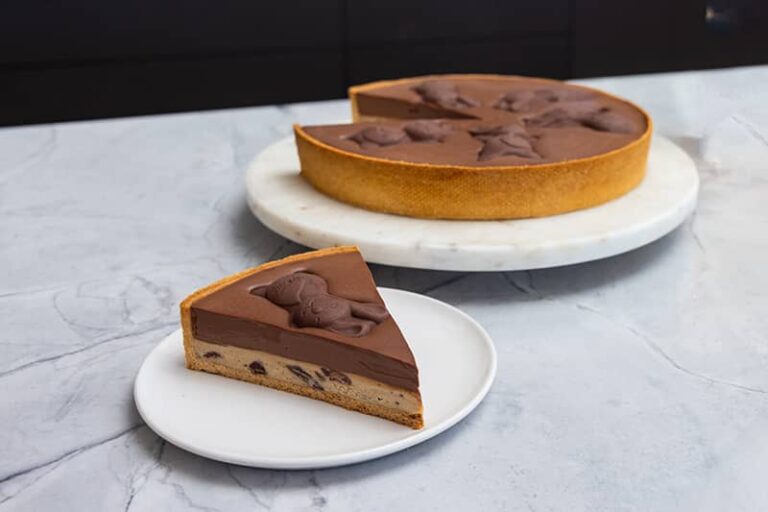Whole Kitchen: Berries and Cream Gelatin Lollies. These healthful jelly lollies are made from all-natural ingredients and can be varied using fruit on hand, such as apricots, peaches and mango.
Several generations ago, gelatin was used regularly to set the likes of sweet jellies and savoury aspic. In recent years, however, it has gained in popularity due to its gut-health properties and high collagen content. It helps to support healthy bones, hair and teeth, plus promote good joint mobility.
In the past, the snout-to-tail approach to eating was a necessity. Nothing was wasted and all waste bones and joints were simmered for many hours. This process would extract and dissolve the minerals and amino acids into the broth. In its concentrated form, this liquid, once cooled, sets into an odourless and mostly tasteless jelly, or gelatin.
Properly prepared bone broth is the most common place to find natural gelatin, and quality grass-fed gelatin powder is now available to use in sweet recipes, such as lollies.
Uses for quality gelatin powder:
- Add a boost to soups and stews made from store-bought stock by adding 1 tablespoon gelatin powder per 1 litre of liquid. First combine the gelatin with 50ml warm water to dissolve then stir through the hot soup. Don’t boil once the gelatin is added or it can break down.
- Make simple fruit jellies by heating 500ml fruit juice. Once hot, whisk through 1 tablespoon gelatin powder. Arrange fresh fruit in glasses and pour over the juice. Place in the fridge to set.
- Make a skin-tightening facemask by mixing together 1 tablespoon gelatin powder with 1/4 cup hot water. Pat onto face and neck and leave for 15 minutes. Wash off with warm water.
Did you know?
Gelatin is the by-product of meat production, mainly from beef and pork. It’s derived from the pro-longed boiling of bones, cartilage and tendons into a concentrated liquid that’s dehydrated. Look for gelatin made from organic and grass-fed animals.
Berries & Cream Gelatin Lollies
These healthful jelly lollies are made from all-natural ingredients and can be varied using fruit on hand, such as apricots, peaches and mango. However, high-enzyme fruit such as pineapple and kiwifruit can prevent the gelatin from setting. See below for a vegetarian variation.
1 cup frozen raspberries or strawberries
2 tbsp lemon juice
2 tbsp maple syrup or honey
1/3 cup coconut cream
1/2 tsp vanilla paste or powder
3 tbsp quality gelatin powder
You will need:
20 x 15cm shallow pyrex dish, greased with coconut oil or 24-hole silicon chocolate mould
Place the berries and lemon juice in a small saucepan, cover and cook over a low heat until the berries are soft.
Add the maple syrup, coconut cream and vanilla and bring to a gentle simmer.
Remove from the heat and use an immersion blender to puree – or puree in a blender. Return to the heat if needed to reheat; the mixture needs to hot but not boiling.
Whisk in the gelatin powder 1 tablespoon at a time, mixing well until smooth.
Quickly pour the mixture into the prepared dish or spoon into the moulds. It will start to thicken as it cools so work quickly.
Place the dish or moulds into the fridge to set for 1 hour. Once set either cut into 24 squares or pop the lollies out of the moulds. Store in a sealed container in the fridge and consume within 4 days.
To make a vegetarian and vegan version of these jelly lollies, use maple syrup as the sweetener, and replace the gelatin powder with 4 tablespoons agar agar (seaweed derived gelling agent). Agar agar needs to be boiled to properly dissolve the flakes. Once the fruit mixture is pureed, return to the heat and whisk in the agar agar 1 tablespoon at a time. Bring to a boil and simmer for 4-5 minutes. Proceed as above.







